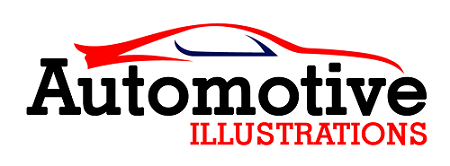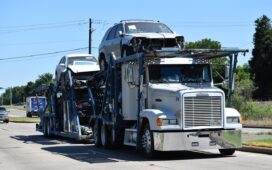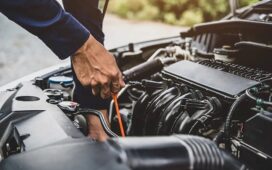Tubeless tires have existed gaining acknowledgment in the world of affecting automotive industries because of their singular design and benefits. These tires are designed to offer a determination to the common issue of rupture leading to punctures and pinches in established central tube tires.
In this item, we will investigate the experts and cons of tubeless tires to help you form a conversant resolution about whether they are the right choice for your vehicle.
Pros of Tubeless Tires
· Enhanced Safety
Tubeless tires offer enhanced safety as they are less prone to unexpected blowouts compared to established tires with central tubes. The self-sealing features of tubeless tires reduce the chances of a breakneck loss of air pressure, providing a more resistant and controlled forceful experience.
· Better Performance
Tubeless tires are lighter in pressure compared to usual tires with inner tubes, which can lead to upgraded acceleration, braking, and management. The reduced alternating mass can again contribute to better fuel effectiveness and overall vehicle conduct. Contact the auto repair shop in Grove City, OH for more help.
· Sealant Compatibility
Many tubeless tires come with pre-installed accompanying sealant, that helps to seal punctures automatically. Additionally, the binding material can be surely added or dislodged when needed, guaranteeing ongoing guardianship against punctures without the need for frequent tire changes.
Cons of Tubeless Tires
· Initial Cost
One of the main disadvantages of tubeless tires is their higher beginning cost compared to usual tires with central tubes. The need for specialized rims and gluing may influence a higher straightforward investment, which may be a deterrent for budget-intentional consumers.
· Difficulty in Installation
Mounting tubeless tires may be more challenging and behind compared to established tires, especially for those the one are not familiar with the process. The need for an air compressor or specific tools for installation may be a barrier for a few users.
· Maintenance Requirements
Tubeless tires demand regular sustenance to ensure optimum performance. Checking and covering up the sealant, checking for leaks, and re-seating the tires periodically are essential tasks that need to be done for fear of issues on the road.
· Limited Availability
While tubeless tires are appropriate and more common, they can not be as readily feasible as traditional tires in a few locations. This restricted availability can pose a challenge when it meets expectations finding replacement tires or succumbing them improve in remote regions.
· Compatibility Issues
Not all wheel rims and tires are compatible with accompanying tubeless setups. Using tubeless tires on non-tubeless rims or vice versa can bring about poor acting, safety risks, and potential damage to the tires and rims. Ensuring unity is crucial to avoid these issues.
Conclusion
Ultimately, the resolution to switch to tubeless tires should depend on your specific needs, priorities, and budget. It is essential to contemplate the pros and cons carefully before resolving to ensure that tubeless tires are the right choice for your tool.














